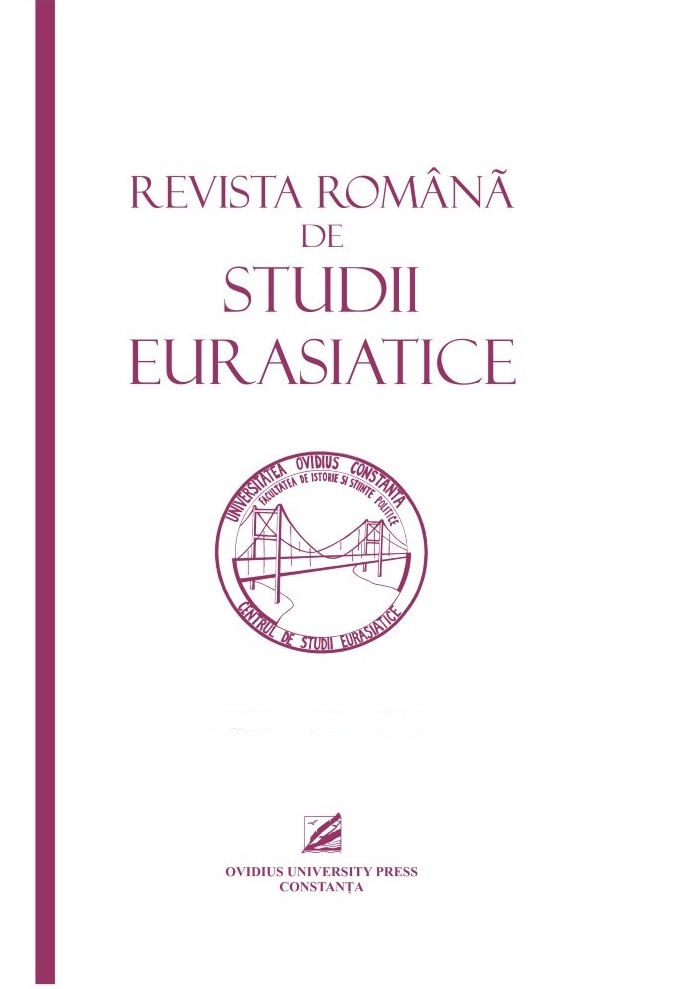AUX ORIGINES DE LA FRONTIÈRE ROUMANO-HONGROISE: DÉMOGRAPHIE, ETHNICITÉ ET PRATIQUES DU POUVOIR (1918-1940)
The Making of the Romanian-Hungarian Border: Demography, Ethnicity and Projection of State Power (1918-1940)
Author(s): Doru A LixandruSubject(s): Political history, Social history, Recent History (1900 till today), Pre-WW I & WW I (1900 -1919), Interwar Period (1920 - 1939)
Published by: Ovidius University Press
Keywords: border; borderland; internal colonization; interwar Romania; territorial nationalism;
Summary/Abstract: Based on relevant historical documents, statistics, contemporary journals and nationalist propaganda, the following paper explores a series of fundamental aspects related to the political geography of Romania’s interwar Western borderland. I first examine how demography and state power are used in order to defend the border and to invent it as a marker of Romanian territorial sovereignty. Further, I explore a series of political and social practices destined to strenghtened the bordering process and the security of the borderland in the 1930s, before briefly highlighting the geopolitical changes that took place during the Second World War and its aftermath. I argue that throughout the interwar era this borderland was ideologically and socially constructed as a distinct region through various practices of nationalisation, as its demographic and territorial structure became central to Romanian projects of political engineering.
Journal: Revista Română de Studii Eurasiatice
- Issue Year: 16/2020
- Issue No: 1-2
- Page Range: 91-114
- Page Count: 24
- Language: French

